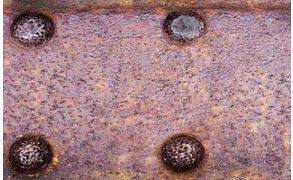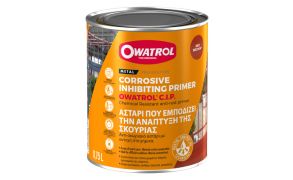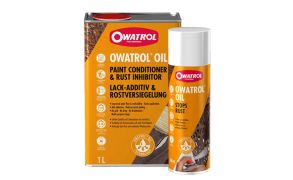£9.95 delivery on orders excluding certain products & postcodes *
Rust Removers and Treatments
Shop By
Filter by
-
 Coo-Var V607/10 Rust Converter
Coo-Var V607/10 Rust ConverterFor use on iron and steel surfaces where all rust cannot be fully removed. Will stop the rusting.
-
 Owatrol CIP Corrosive Inhibiting Primer
Owatrol CIP Corrosive Inhibiting PrimerAn anti-corrosive primer that penetrates metal and stops rust to steel structures, motor vehicles, civil engineering and marine equipment.
-
 Owatrol Oil for Rusted Surfaces
Owatrol Oil for Rusted SurfacesFor treating rusted surfaces. Also prevents rust forming and stops corrosion. Usable as a paint additive.